Common Interior Design Mistakes & How to Avoid Them
Common interior design mistakes are common because lots of people make them. Here is how to fix them.
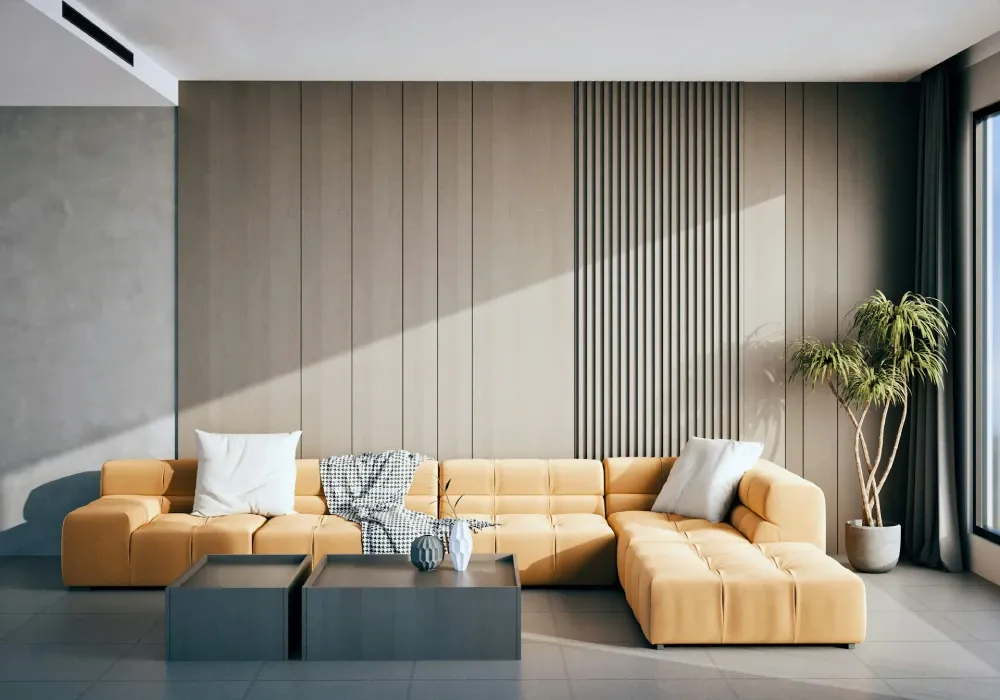
Your home should be your happy place. However, design mistakes can make it less comfortable and functional than it could be. Whether you're decorating your first apartment or updating your forever home, knowing what not to do is just as important as knowing what to do.
This post covers the most common interior design mistakes and how to fix them. We'll walk through lighting issues, furniture placement problems, planning pitfalls, and style missteps that can derail your design plans.
Why avoiding design mistakes matters
Good design makes your home more comfortable and functional. When you make design mistakes, you might waste money fixing them later. A well-planned home feels right and looks good. Taking time to plan your space helps you avoid common interior design mistakes that can make rooms feel wrong.
Impact on comfort and functionality
Your home should work for you, not against you. Poor design choices can make daily life harder. A sofa that blocks a doorway forces you to take a longer path. A dining table that's too big makes it hard to move around. When you plan your space well, you move through it with ease.
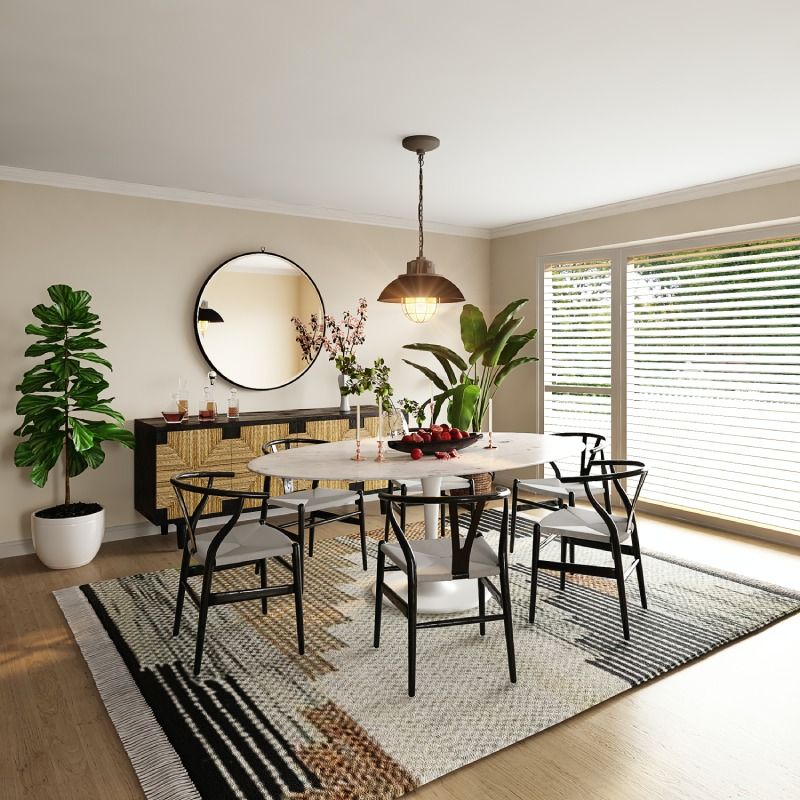
Design affects how you feel in your space, too. A room without enough light can feel gloomy. Too much stuff can make you feel stressed. The right design helps you relax and enjoy your home more.
The long-term cost of poor choices
Fixing design mistakes costs more than doing it right the first time. That "bargain" sofa might need replacing in a year because it doesn't fit your space or lifestyle. The trendy wall color that looked great online might need repainting when you can't live with it.

When you rush into design choices, you often end up buying things twice. First, the wrong item, then the right one. Planning helps you spend your money wisely on pieces that work well and last longer.
Importance of planning and cohesion
A home without a plan often looks thrown together. Each room should connect to the next in some way. Colors, styles, or themes that flow throughout your home create a sense of order and cohesion.
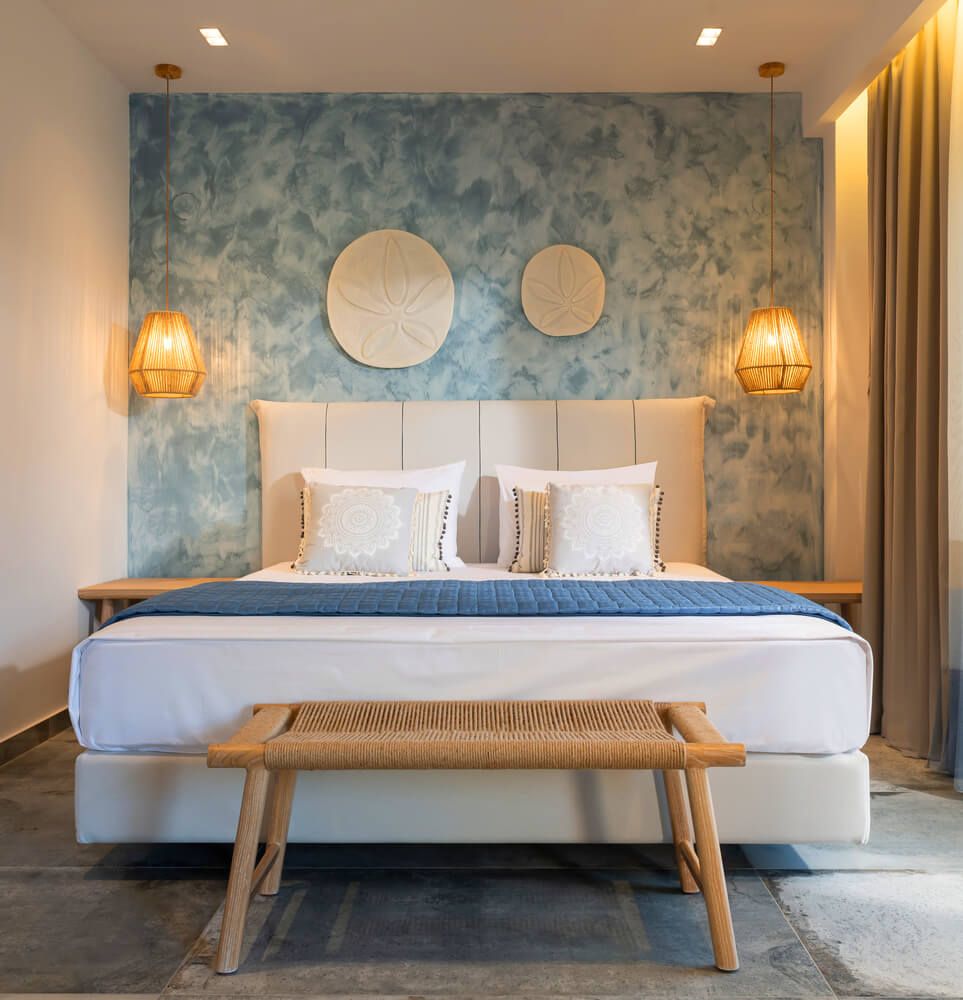
Good design feels intentional. When you plan how spaces work together, your home feels more peaceful. Think of your home as one big project rather than separate rooms. This helps you avoid decorating errors that make spaces clash.
Top interior design mistakes homeowners make
Many people make the same design errors over and over. Knowing these common interior design mistakes to avoid can save you time, money, and stress. Let's look at the top problems and how to fix them.
1. Ignoring the importance of lighting
The most common lighting mistake homeowners make in home design is relying too much on one ceiling light in each room. This creates harsh shadows and uneven light. Good lighting uses multiple sources at different heights to create a warm, welcoming space.
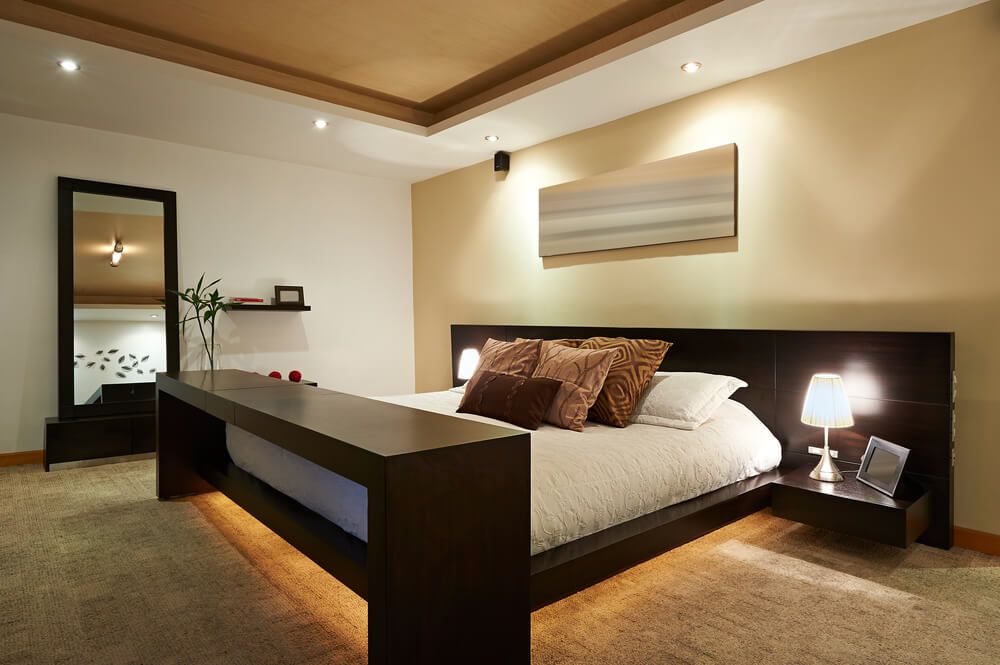
Try using table lamps, floor lamps, and task lighting with overhead fixtures. Create layers by placing lights at different heights. Don't forget natural light, and avoid blocking windows with furniture or heavy curtains. Proper lighting can make any room feel bigger, cozier, and more useful.
2. Poor furniture layout
One of the biggest space planning mistakes is placing furniture without thinking about flow. People often push all furniture against walls, creating an awkward, empty middle. Or they buy pieces too large for the room, making it hard to move around.
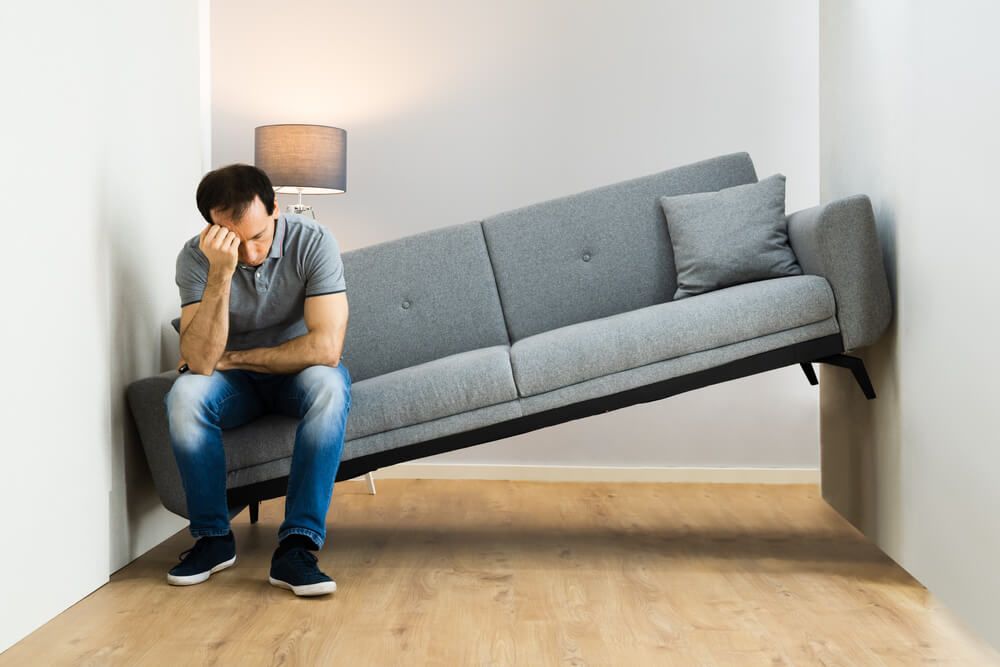
Start by mapping traffic paths through the room. Leave at least 30 inches for walkways. Create conversation areas where people can talk easily. Pull some furniture away from the walls to create depth. Scale matters, and your furniture should fit the room size, not overwhelm it or get lost in it.
3. Skipping a design plan
Many people buy things they like without an overall vision. This leads to rooms that lack focus or feel random. A design plan helps you make choices that work together.
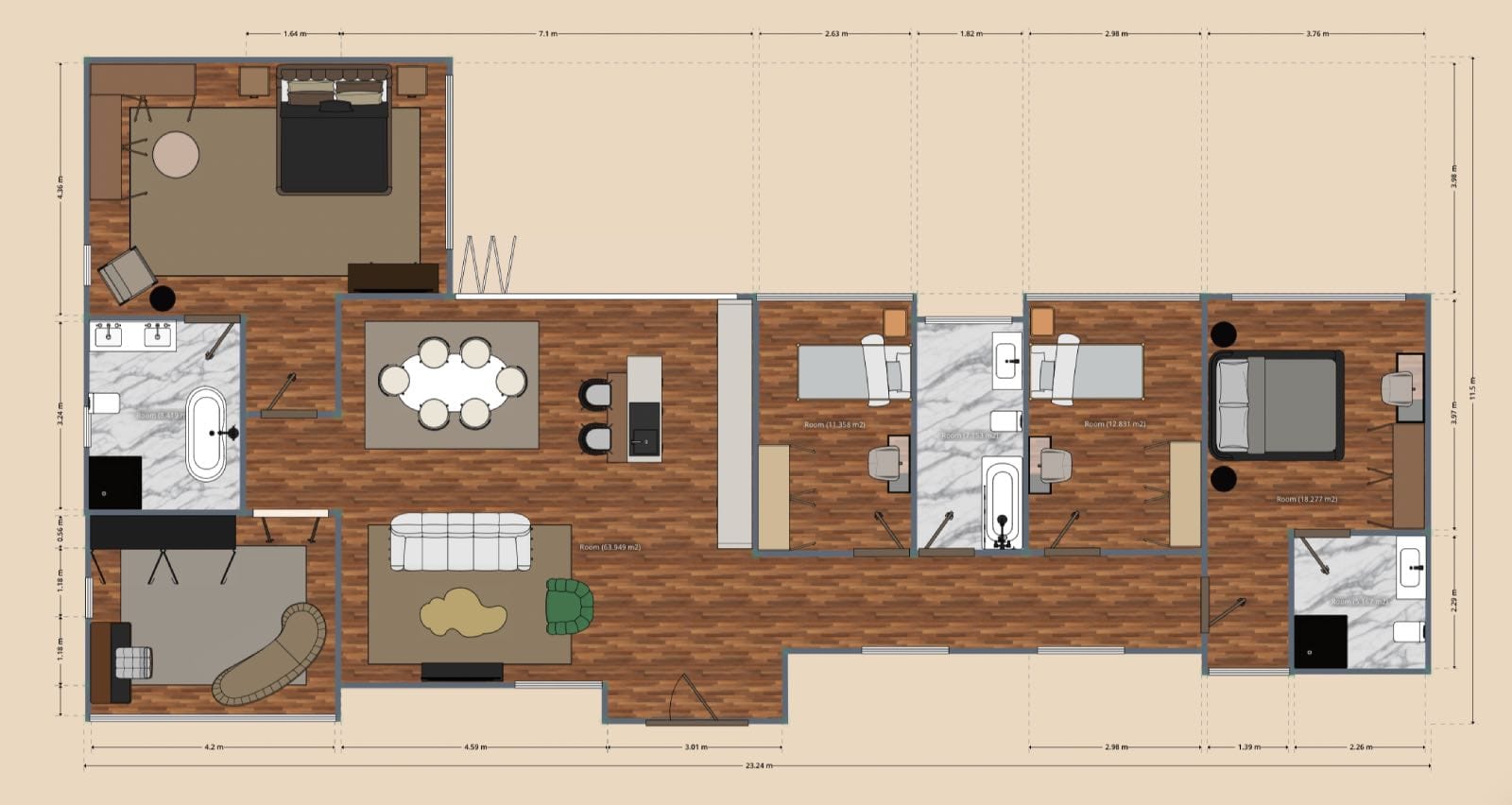
Before buying anything, measure your space and make a floor plan. Decide on a style direction and color scheme, and then create a shopping list based on your design plan. This helps you avoid impulse buys that don't fit your space or style. A simple plan makes every choice easier.
4. Cluttered or over-decorated spaces
When every surface holds objects, and every wall has art, rooms feel busy and small. One of the most common decorating errors is not leaving enough empty space. Your eye needs places to rest.
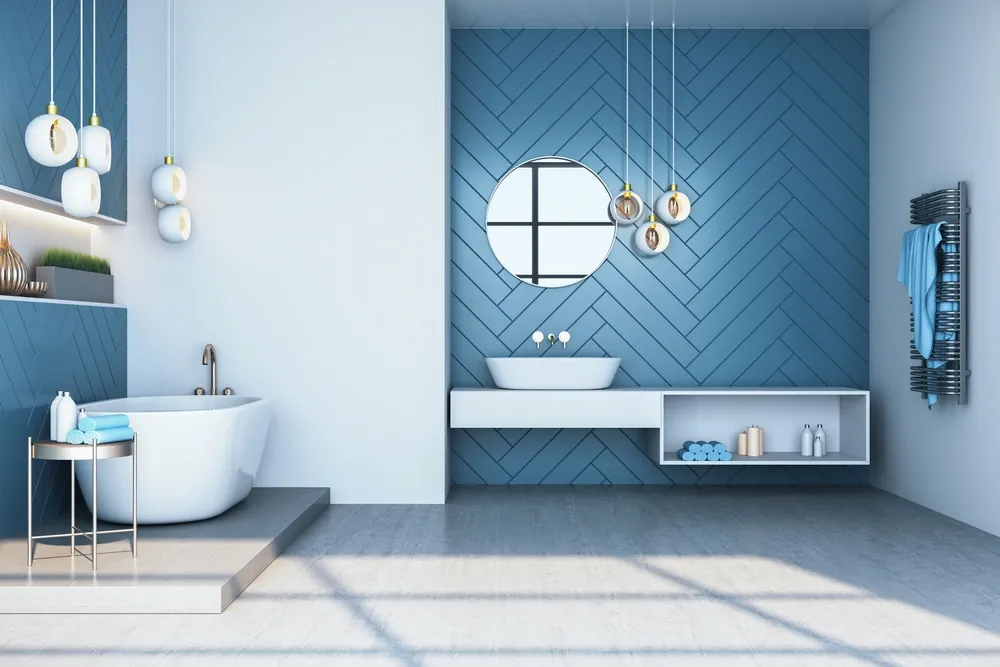
Edit your belongings ruthlessly. Keep only what you love or use often. Group similar items rather than scattering them. Leave some walls blank and some surfaces clear. This "negative space" makes your unique pieces stand out more. Remember, good design often means knowing when to stop.
5. Choosing paint colors first
Many people start a room design by picking wall paint colors. This often leads to problems later when trying to match furniture and fabrics. Paint comes in thousands of colors, but furniture and fabric options are more limited.
Start with the harder-to-find items—rugs, sofas, or bedding. Then, choose paint colors that complement them. Make sure to test the paint samples on your walls at different times of day because light affects how colors look. A color that seems perfect in the store might look very different in your home.
Style and theme mistakes
Creating a cohesive style takes skill. Many DIY designers struggle to find a balance between boring and chaotic. Here are common style pitfalls and how to avoid them.
1. Mixing incompatible styles
Combining different design styles can look amazing when done well. But without some planning, it often looks like a mistake. Bad interior design examples often showrooms with too many competing styles.
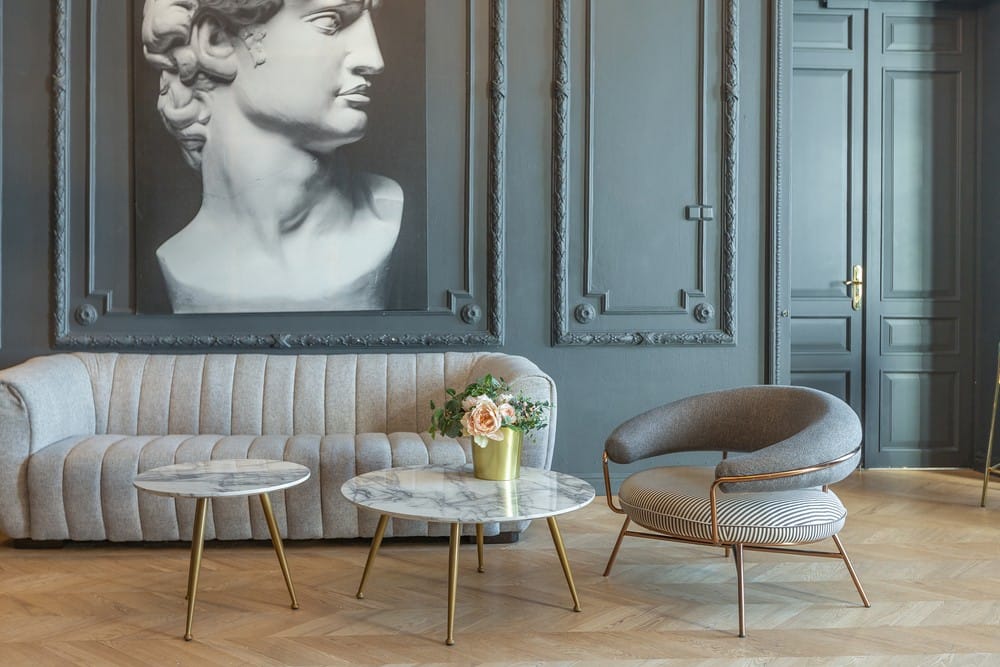
To mix styles successfully, find common elements like color, line, or scale. For example, modern and traditional pieces can work together if they share a color palette. Pick one style as dominant (about 80%) and use the other as an accent (about 20%). This creates interest without chaos.
2. Following trends too closely
Design trends come and go quickly. Remember shag carpets, avocado appliances, Barbiecore or mason jar everything? Rooms that follow trends too closely look dated fast.

Instead, use trends in small doses through items that are easy to change, like throw pillows, art, or accessories. Keep larger, more expensive pieces timeless. A neutral sofa can host trendy pillows that you change as styles shift. This saves money and keeps your home looking current longer.
3. Ignoring personal lifestyle needs
Beautiful rooms that don't support how you live become beautiful rooms you can't use. White sofas look stunning in magazines but may not work for families with young children or pets. Open shelving looks elegant but requires constant tidying.

Think about how you really live. Do you entertain often? Work from home? Have hobbies that need space? Choose design elements that support these activities. The best-designed home is one that works for your actual life, not an imagined perfect one.
Solutions and pro tips
Now that you know the common interior design mistakes to avoid, let's look at some practical ways to create better spaces. These tips help both beginners and those refreshing their homes.
Use mood boards and layout planners
Before buying anything, create mood boards by collecting images of rooms you love. Look for patterns in what attracts you. Use free online tools to create floor plans with exact measurements. This helps you see if furniture will fit before buying.
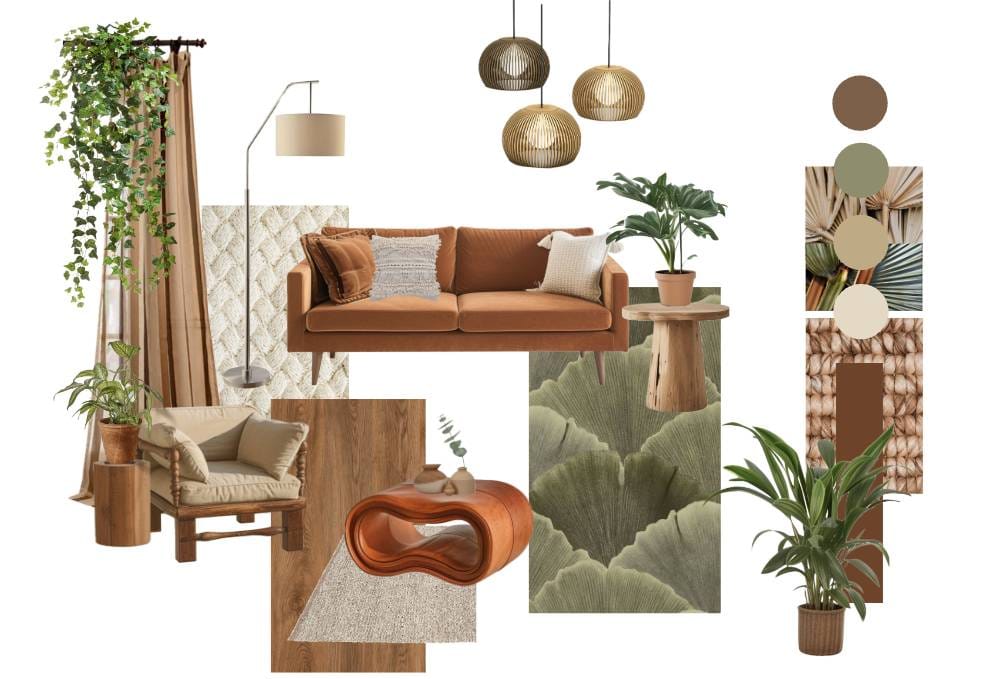
Try arranging ideas on paper before moving heavy furniture. Apps and software like Planner 5D let you create virtual rooms to test ideas. This planning stage helps avoid many small space design pitfalls by showing problems before they happen.
Start with functionality
A beautiful room that doesn't work well isn't truly beautiful. Think about how you'll use the space daily. Plan furniture around these needs first, then add decorative elements.
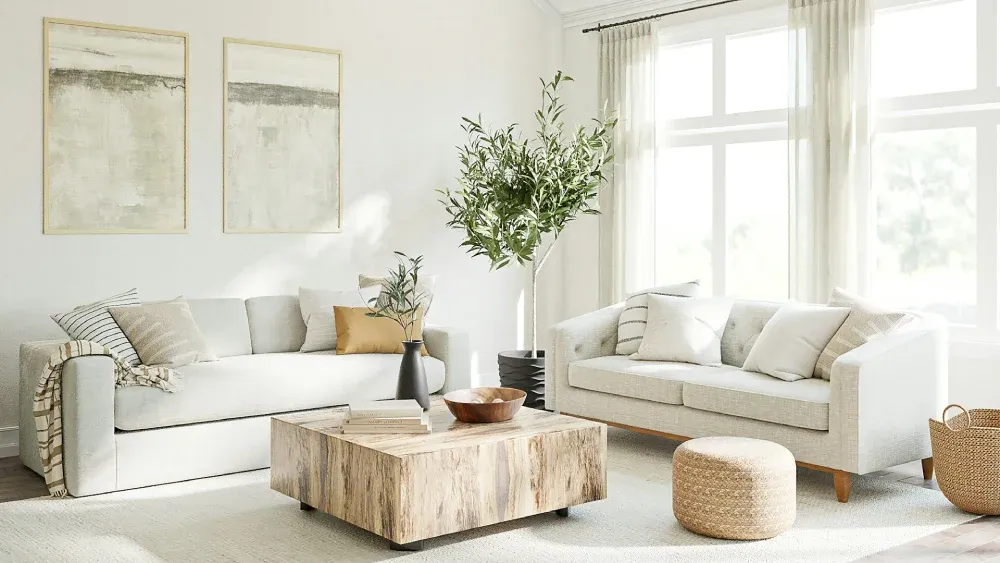
List activities that will happen in each room. Make sure your design supports them all. In living rooms, create conversation areas where people can talk easily. In bedrooms, ensure paths around the bed. In kitchens, think about the flow between the fridge, sink, and stove.
Know when to consult a professional
Sometimes, hiring a pro saves money in the long run. Interior designers help you avoid costly mistakes. Many offer hourly rates if you can't afford full service. You can also opt for the services of an online interior designer who can help you remotely.

Consider getting help for complex projects like kitchen layouts or whole-house color schemes. Professionals know tricks to make spaces work better. They can also source materials at better prices. Even one hour of expert advice can improve your results dramatically.
Conclusion
Avoiding interior design mistakes comes down to planning, balance, and knowing your needs. Don't rush your process. Take time to plan spaces that work for your life. Start with good bones—proper lighting, functional layout, and cohesive style. Add personality through items you truly love.
Remember that the best homes evolve over time. Collect things that mean something to you rather than filling spaces quickly. Avoid the urge to finish everything at once. Good design takes patience but creates spaces that look good and work well for years to come.
Planner 5D: The Future of Interior Design
Experience the power of AI-driven design with Planner 5D. Our innovative tools, including the Design Generator, Smart Wizard, and AI floor plan recognition, make bringing your dream home to life easier than ever. Transform your vision into reality and unlock a world of design possibilities today.
Start designing your dream homeFAQ
What are common color mistakes in interiors?
Choosing colors that don't work well with existing furniture or ignoring how light affects color perception are frequent errors. Many people pick shades that are too bold for large spaces or too safe throughout the entire home.
How can I avoid clutter in design?
Be selective about what you bring into your home and create storage systems that work with your habits. Edit your possessions regularly, removing things you no longer use or love. Allow for empty space on shelves and tabletops to give your rooms visual breathing room.
What are the most common furniture layout errors?
Not planning for traffic flow and pushing all furniture against the walls are the biggest layout mistakes. Many people buy pieces that are too large for their rooms or position furniture in ways that block natural movement. Always measure your space and map out walking paths before arranging furniture.
What lighting mistakes should I avoid in home design?
Relying on a single overhead light fixture creates harsh shadows and uneven illumination. Good lighting includes ambient (overall), task (for specific activities), and accent (to highlight features) sources at different heights. Use dimmers where possible to adjust lighting for different times of day and activities.
